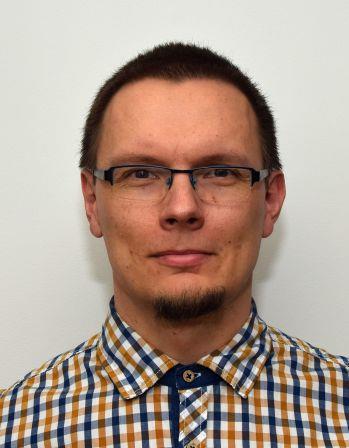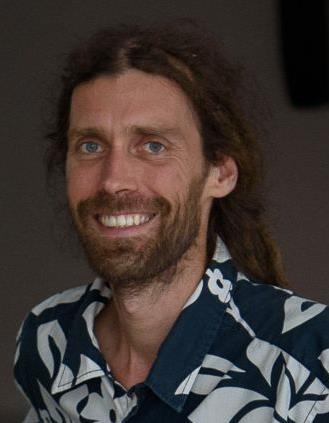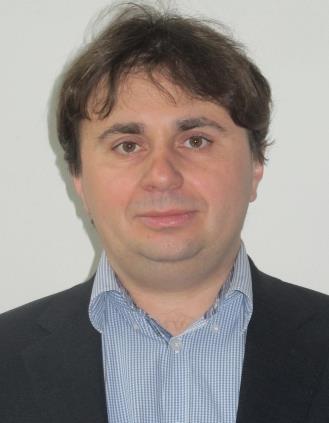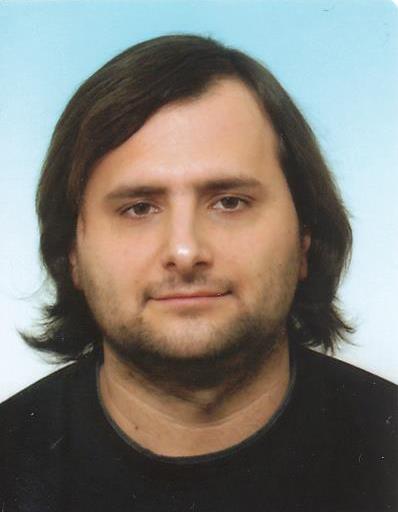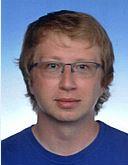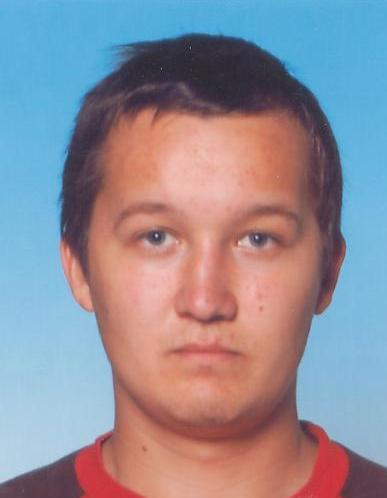Research goal
The research team deals with application-oriented research and development activities in the field of modern radar systems and components, using advanced signal processing techniques for detection, identification, classification and localization of objects. The main areas of scientific research are:
- Object Detection, Localization, Identification, and Classification Using Radar Sensors
- Modeling and Optimization of Radar Signal Processing Blocks
- Design and Optimization of Passive Microwave Components and Antenna Systems
- Study of Inhomogeneities, Faults, and Electrical Properties of Organic Electronics
- Applications of Global Navigation Systems in Transportation, Safety, and Reliability
Key words
Radar, Radiolocation, Detection, Identification, Localization, Classification, Signal processing, Communication systems, Optimalization, Antennas, Antenna arrays, Microwave circuits, Digital signal processors, FPGA, Global Navigation GNSS Systems
Members of the Research Team

Currently Ongoing R&D Projects
Projects Carried Out Within OP JAK

Projects Carried Out Within TAČR
Past Projects
- Research and development of an active antenna system for detecting target objects of interest with support for measuring polarimetric properties.
- Cooperation of the University of Pardubice and the application sphere in application-oriented research of location, detection and simulation systems for transport and transportation processes (PosiTrans)
- Research and development of artificial intelligence methods, machine learning and mathematical-statistical techniques for engineering applications
- Support for the preparation of the project "Automatic warning system for staff working near the railway line" for the call Doprava2020 +
- Development of contactless technology for intelligent protection of areas of interest
- Design and verification of conditions for the deployment of safe train locators based on GNSS systems on the Czech railway network
Most important publications
- REJFEK, Lubos, Karel JURYCA, Tan N. NGUYEN, Ladislav BERAN a Miroslav VOZNAK, 2023. Whitening Filters Application for Ionospheric Propagation Delay Extraction. IEEE Transactions on Instrumentation and Measurement. 72, 1-8. ISSN 0018-9456. doi:10.1109/TIM.2023.3279464
- PARMAR, Rushik, Meenali JANVEJA, Jan PIDANIC a Gaurav TRIVEDI, 2023. Design of DNN-Based Low-Power VLSI Architecture to Classify Atrial Fibrillation for Wearable Devices. IEEE Transactions on Very Large Scale Integration (VLSI) Systems. 31(3), 320-330. ISSN 1063-8210. doi:10.1109/TVLSI.2023.3236530
- PAUL, Bikram, Angana NATH, Srinivasan KRISHNASWAMY, Jan PIDANIC, Zdenek NEMEC a Gaurav TRIVEDI, 2023. Tensor Based Multivariate Polynomial Modulo Multiplier for Cryptographic Applications. IEEE Transactions on Computers. 2023-6-1, 72(6), 1581-1594. ISSN 0018-9340. doi:10.1109/TC.2022.3215638
- KREJČÍ, Tomáš, Tomáš ZÁLABSKÝ, Dušan KOPECKÝ a Gaurav TRIVEDI, 2022. Application of hash function for generation of modulation data in RadCom system. Digital Signal Processing. 130. ISSN 10512004. doi:10.1016/j.dsp.2022.103735
- JOSHI, Mohit Kumar, Narugopal NAYEK, Tapeshwar TIWARI, Jan PIDANIC, Zdenek NEMEC a Ratnajit BHATTACHARJEE, 2020. Multiphysics and Multipactor Analyses of TE 022 -Mode High-Power X-Band RF Window. IEEE Microwave and Wireless Components Letters. 30(3), 272-275. ISSN 1531-1309. doi:10.1109/LMWC.2020.2971652
- FILIP, Aleš, Roberto CAPUA, Alessandro NERI a Francesco RISPOLI, 2022. Derivation of harmonised high-level safety requirements for self-driving cars using railway experience. Scientific Reports. 12(1). ISSN 2045-2322. doi:10.1038/s41598-022-26764-0
- JANVEJA, Meenali, Ashwani Kumar SHARMA, Abhyuday BHARDWAJ, Jan PIDANIC a Gaurav TRIVEDI, 2023. An Optimized Low-Power VLSI Architecture for ECG/VCG Data Compression for IoHT Wearable Device Application. IEEE Transactions on Very Large Scale Integration (VLSI) Systems. 31(12), 2008-2015. ISSN 1063-8210. doi:10.1109/TVLSI.2023.3314611.
- JURYCA, Karel, Jan PIDANIC, Amit K. MISHRA, Zlatan MORIC a Pavel SEDIVY, 2022. Wind Turbine Micro-Doppler Prediction Using Unscented Kalman Filter. IEEE Access. 10, 109240-109252. ISSN 2169-3536. doi:10.1109/ACCESS.2022.3214232.
- HARYANTO, Toto, Adib PRATAMA, Heru SUHARTANTO, Aniati MURNI, Kusmardi KUSMARDI a Jan PIDANIC. Multipatch-GLCM for Texture Feature Extraction on Classification of the Colon Histopathology Images using Deep Neural Network with GPU Acceleration. Journal of Computer Science. 2020, 16(3), 280-294. DOI: 10.3844/jcssp.2020.280.294. ISSN 1549-3636. (2020)
- NEMEC, Ondrej, Jan PIDANIC a Pavel SEDIVY, 2021. Rough North Correction Estimation Algorithm Based on Terrain Visibility. IEEE Access. 9, 152668-152676. ISSN 2169-3536. doi:10.1109/ACCESS.2021.3127242
Application results
- ZÁLABSKÝ, Tomáš, Luboš REJFEK, Josef JORDÁN, Ondřej JAROŠ, Vít NEJEZCHLEBA, Anténa primárního radarového senzoru s podporou polarimetrických měření, Praha. Úřad průmyslového vlastnictví 36921 – Užitný vzor. 2023
- NĚMEC, Zdeněk, Tomáš ZÁLABSKÝ, Aleš FILIP, Lubor BAŽANT, Petr KAČMAŘÍK, Jan HOOP, Tomáš DUŠA, “Metodika pro certifikaci lokalizačních systémů na bázi GNSS“ – Certifikovaná metodika, 2023.
- PIDANIČ, Jan, Karel JURYCA, Pavel BEZOUŠEK, Systém pro měření odrazů radarového signálu od větrné elektrárny, Praha. Úřad průmyslového vlastnictví 36060 – Užitný vzor. 2022
Ing. Tomáš Zálabský, Ph.D.
I am the head of the Research center at the Faculty of Electrical Engineering and Informatics and of this research team. In addition to lecturing at the faculty, I am mainly engaged in scientific research activities. I am most interested in the area of design, synthesis, simulation and optimalization of antenna elements, arrays and fields. I also have extensive experience with the design and implementation of passive high-frequency circuits, such as planar and waveguide filters, directional taps, or power dividers. Currently, I am also actively involved in the signal processing of radio signals from various sensors or radars in order to detect, locate, identify and classify targets.
During my university career, I gained a lot of experience in solving several scientific research projects in cooperation with industrial partners from the Czech Republic and other foreign research organizations. I try to further deepen this cooperation and thus develop the research team, by constantly pushing the boundaries of knowledge of its individual members.

